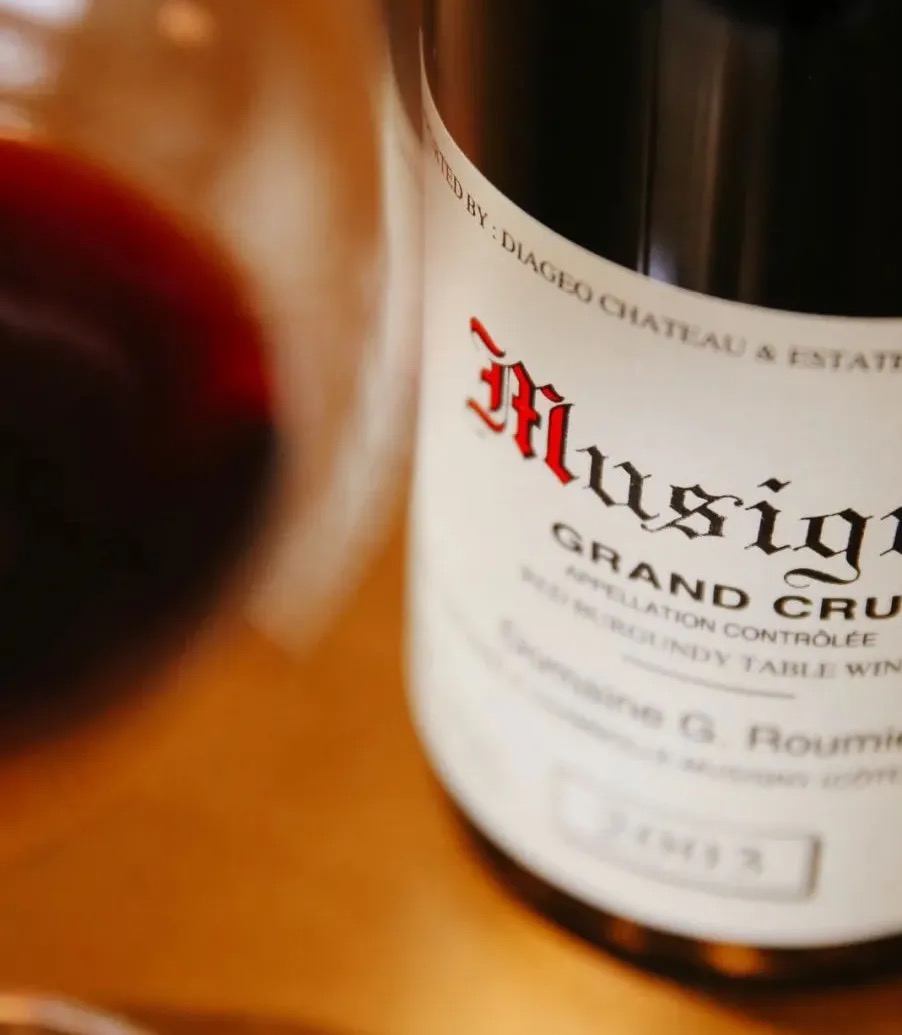
Among the most prestigious wineries of Burgundy, Domaine Georges Roumier is a very special one that wine lovers often hear about, but hardly get the opportunity to explore thoroughly to finally understand the estate’s charm and mystique. Roumier’s wines are all very rare, especially the almost legendary Musigny Grand Cru and Chambolle-Musigny 1er Cru “Les Amoureuses”. The latter wine was presented in the popular Japanese manga – Drops of God as the “First Apostle” of the twelve greatest wines of the world, which has probably (unfortunately!) boosted its price to an incomparably high level even surpassing almost all Musigny except those extremely rare bottles from Madame Lalou Bize-Leroy and Roumier himself.
The sporadic encounters with certain wines of Roumier is not enough to allow a true understanding of the quality and style of this house. You need a comprehensive tasting of representative wines in their peak drinking window to see how great his wines can be. After searching for the bottles for months, we finally gathered together most of Roumier’s masterpieces and organized two exceptional tasting dinners in Beijing and Shanghai in 2020.
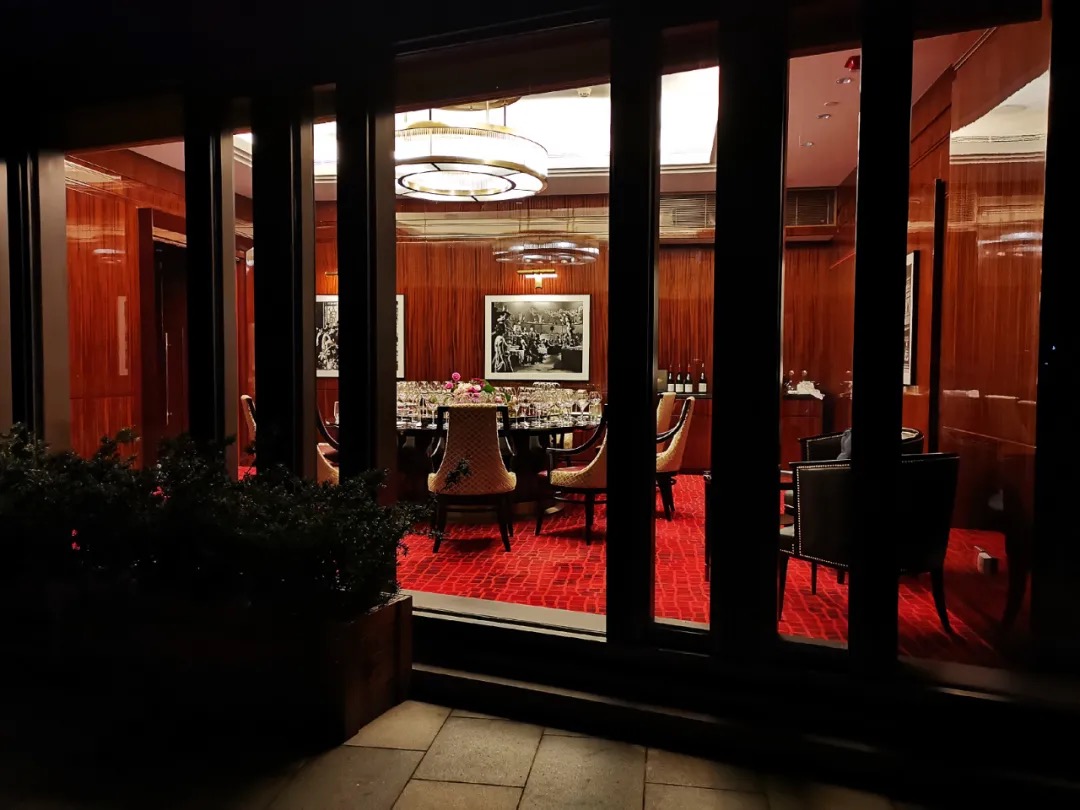
 Roumier Beijing dinner tasting on September 18, 2020
Roumier Beijing dinner tasting on September 18, 2020 Roumier Shanghai Dinner Tasting September 26, 2020
Roumier Shanghai Dinner Tasting September 26, 2020
About Domaine Georges Roumier
In 1924, Georges Roumier, from the Charolais region in southern Burgundy, married Geneviève Quanquin from the village of Chambolle-Musigny. His wife brought the family vineyard in Chambolle-Musigny as her dowry, and Domaine Georges Roumier was created. The domaine started bottling independently in 1945.
After taking over his wife’s vineyard in Chambolle, Georges Roumier leased a small plot of Musigny by metayage (rental), and acquired other properties in the village. In 1952, the estate bought more plots of Bonnes Mares and two plots of Clos Vougeot from the Domaine Belorgey. In 1953, it was the turn of the 2.5 hectares of Clos de la Bussière, the historical Morey-St-Denis 1er Cru Monopole, bought from the Bettenfeld family. In 1955, Georges’ eldest son, Alain, left the family business to take a part-time position as director of Comte de Voguë, the largest landowner in Chambolle. When Georges retired in 1961 (he passed away in 1965), his sons formed a limited company for their inheritance to avoid the division of the estate, and to rent the holdings inherited by his two sisters. When Alain retired from Comte de Voguë, he took back his share, which was later inherited by his two sons, Hervé Roumier and Laurent Roumier, including the Bonnes Mares and Clos Vougeot Grand Crus.
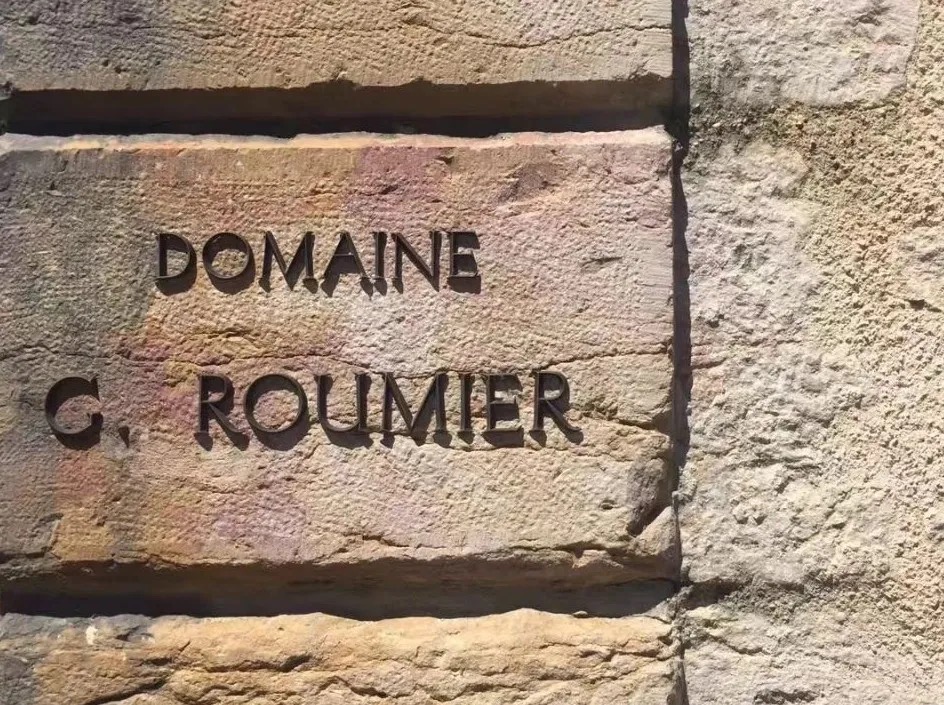 The plaque of Domaine Georges Roumier
The plaque of Domaine Georges Roumier
The estate was further expanded by Jean-Marie Roumier, who bought a plot of 0.2 hectares of the Corton-Charlemagne in 1968 – the only white grand cru of the domain, and also leased a plot of Ruchottes-Chambertin from Michel Bonnefond by metayage in 1977. In 1978, he bought a tiny 0.1 hectare plot of Musigny, the estate’s most famous Grand Cru.
Jean-Marie’s son Christophe Roumier, born in 1958, joined his father in 1981 and took charge of the estate independently in 1984. In the same year, Christophe leased a parcel of Mazoyères-Chambertin Grand Cru by metayage from Jean-Pierre Matthieu, bottled under the name Charmes-Chambertin “Aux Mazoyères”.
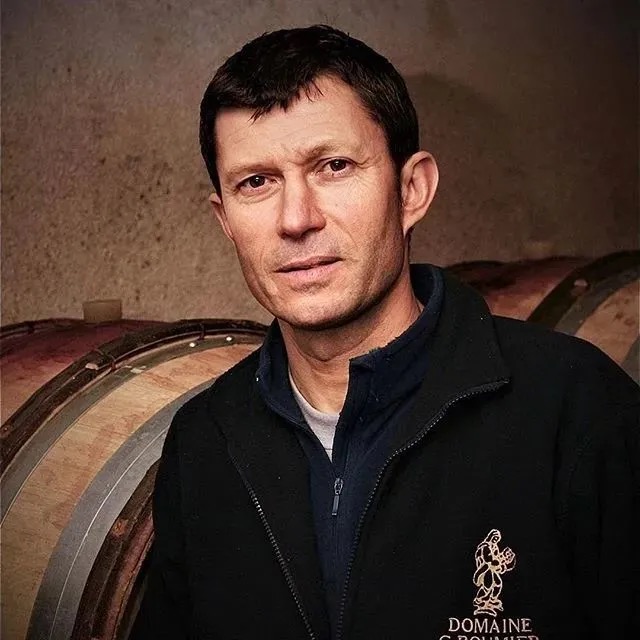 Chritophe Roumier, the current owner of Domaine Georges Roumier
Chritophe Roumier, the current owner of Domaine Georges Roumier
Christophe Roumier is recognized as one of the most talented winegrowers among his peers in Burgundy who, as a young man, was influenced by a number of greats vignerons including Henri Jayer, Jacques Seysses of Dujac, Jacques d’Angerville, and Gerard Potel, the former director of Pousse d’Or. They had a profound impact on his understanding of terroir, viticulture, and vinification techniques – and so he knows very well how to respect nature and terroir while humbly and clear-headedly introducing the role of human beings and their choices.
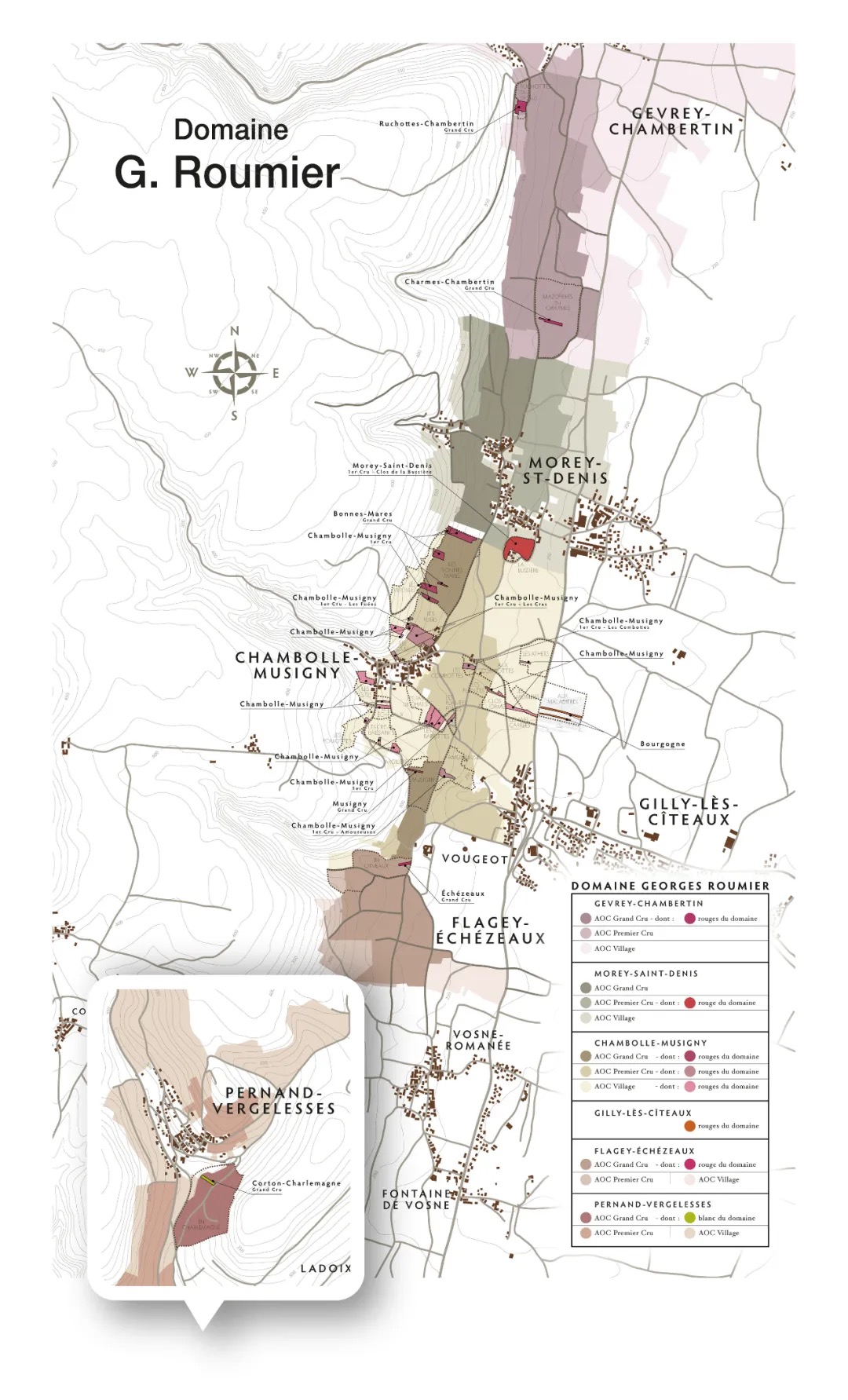 The terroir of Domaine Georges Roumier, credit: Grand Cru Selection
The terroir of Domaine Georges Roumier, credit: Grand Cru Selection
The vineyard plots owned by Domaine Roumier in the different terroirs are mostly small but outstanding, with some of the oldest plots (for example, Bonnes Mares), dating back to 1924, when the estate was founded. The core terroirs of the estate are located in the village of Chambolle (Roumier’s Chambolle-Musigny village wine is now selling at the same price as the 1er Crus of the other great estates; at the same time, prices of Roumeir 1er Cru wines like Les Combottes and Les Cras are equivalent to the process fetched by grand cru wines of other wineries, and the most special super first growth – Les Amoureuses – and the two Grand Crus, Bonnes Mares and Musigny, are at the top of the village in terms of both status and price.
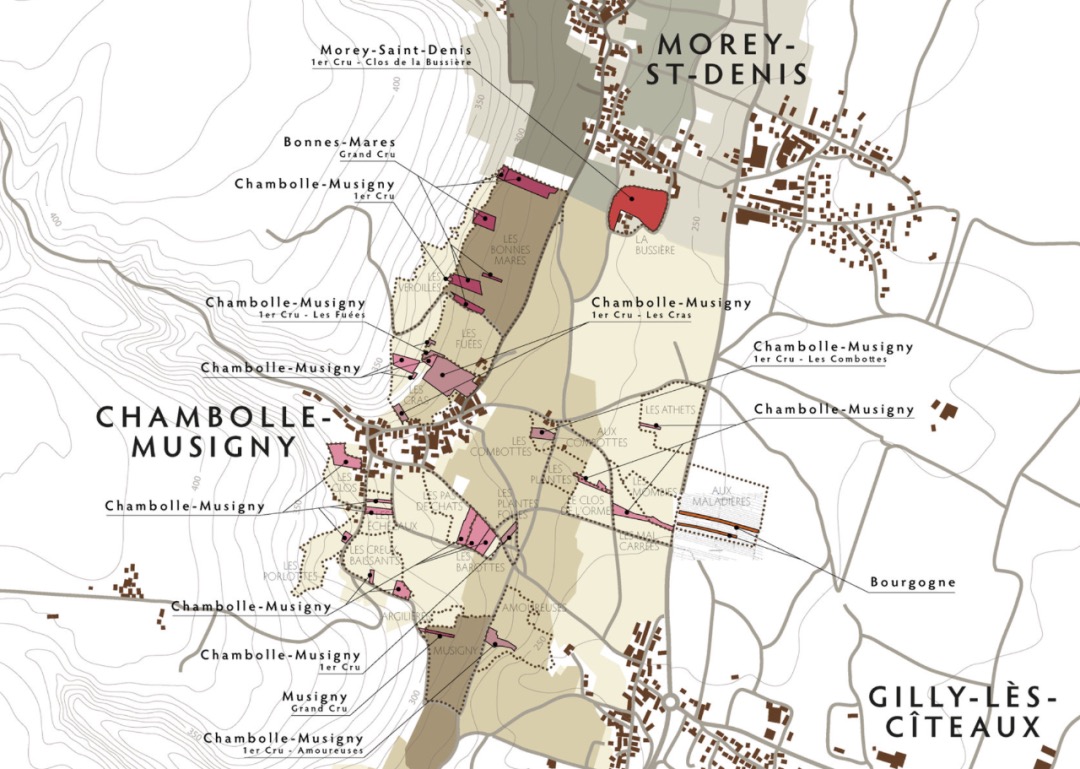 The exact location of each of Georges Roumier’s plots, credit: Grand Cru Selections
The exact location of each of Georges Roumier’s plots, credit: Grand Cru Selections
As the map above shows, the estate also exclusively owns Morey-St-Denis 1er Cru Clos de la Bussière, and two Grand Cru parcels further north in the village of Gevrey-Chambertin by metayage – Ruchottes-Chambertin and Mazoyères-Chambertin. When the estate bought 0.2 hectares of the Corton-Charlemagne Grand Cru in 1968, they replanted the vines and started producing this white wine five years later. As it is the estate’s only Grand Cru white wine with very small quantity, it is naturally expensive too.
In addition, two parcels of Clos Vougeot (owned by the family since 1952) were handed to other family members: one to Christophe’s uncle Alain Roumier in 1984 and later to his elder son Hervé’s widow, Veronique. The other one went to Alain’s younger son, Laurent Roumier since 1996.
More recent changes occurred in 2016 when an investor bought several parcels amounting to 0.4983 hectares of the Bonnes Mares at an astronomical price of 18 million euros and leased them to Christophe Roumier by metayage, expanding his Bonnes-Mares to 1.89ha. A further 0.13 hectares of Echezeaux (En Orveaux) were leased to him in the same way. I will explain the terroir and styles of those core parcel in the following part of this article.
The Wines of Domaine Georges Roumier
Our two in-depth tastings held in Beijing and Shanghai showed clearly that Christophe Roumier’s 1er Crus Les Combottes and Les Cras are both masterpieces of Chambolle-Musigny which presents classically in elegance and finesse. The Ruchottes-Chambertin and Charmes-Chambertin “Aux Mazoyères “, produced by metayage, showed a masculine style with elegance too, also in keeping with those terroirs (compared to Chambolle, at least).
For the top wines of Roumier, Les Amoureuses, Bonnes Mares and Musigny, they are all great wines that reflect their terroirs’ exceptional characteristics in a wonderful way, especially Bonnes Mares (many Burgundy lovers will agree with me that the best wine of Roumier is arguably the Bonnes Mares, instead of his also magnificent Musigny and Les Amoureuses).
Going back to the terroir, to fully understand the greatness of Roumeir’s Bonnes Mares, the geological map of subsoil by Burgundian geologist Françoise Vannier-Petit is very helpful (see below). We will explain in more details in part 2 of this article why Bonnes Mares is perhaps Roumier’s most undervalued wine, with greatest potential for collection, and it’s actually a terroir as great as Musigny!
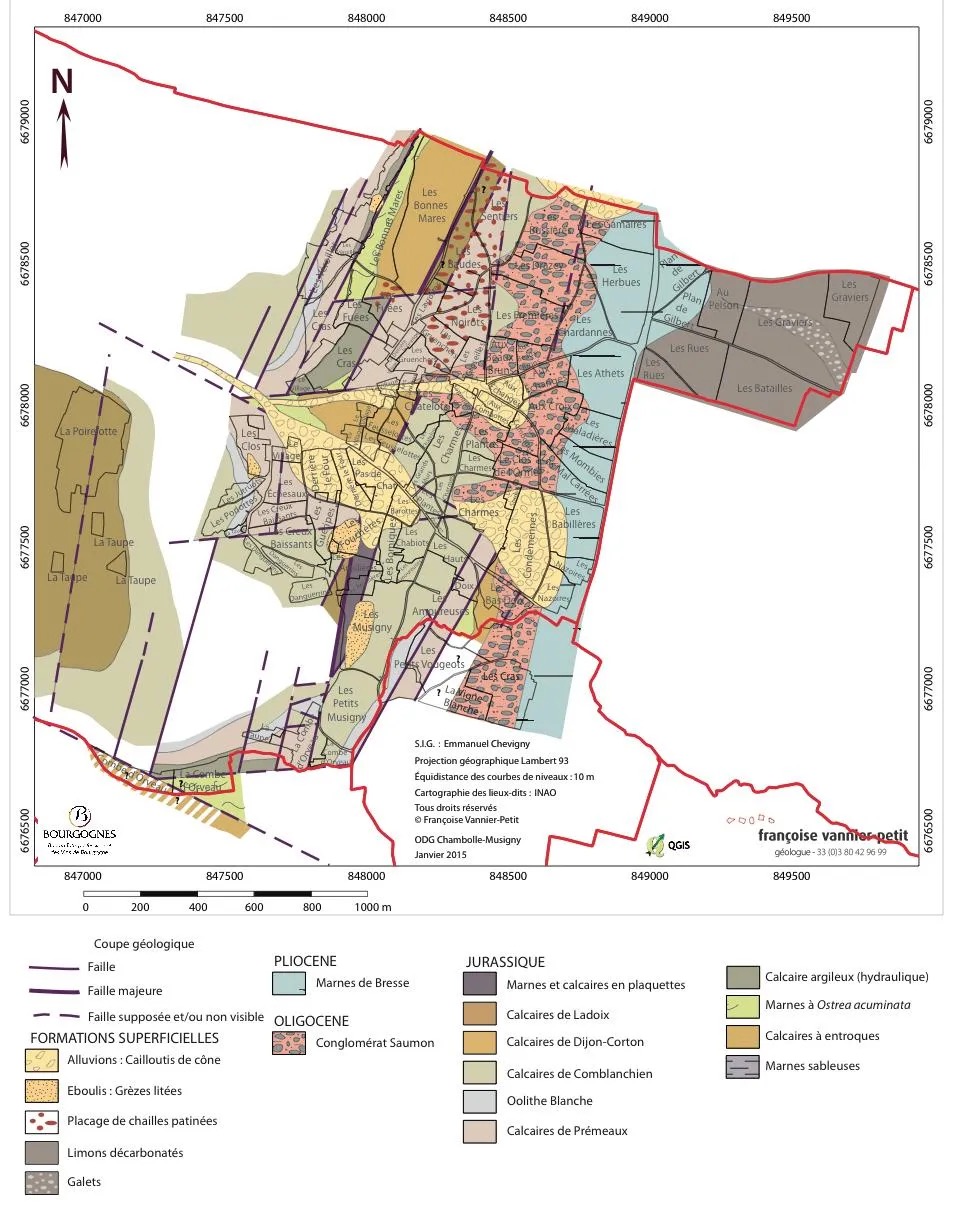 Geological map of the subsoil of Chambolle-Musigny, credit: Françoise Vannier-Petit
Geological map of the subsoil of Chambolle-Musigny, credit: Françoise Vannier-Petit
Overall, Domaine Georges Roumier is able to offer a variety of wonderful and different interpretations of the “elegance” of Burgundy’s red wines, and it definitely deserves its status as one of the topnotch domaines of Burgundy.
1. Morey-Saint-Denis 1er Cru Clos de la Bussière (Monopole)
The exact location of the buildings of Domaine Georges Roumier. in the heart of the villages of Chambolle and Morey, click on the map to enlarge for details. Photo credit: Grand Cru Selections
Size: 2.5925ha
Yield: 3,400L/ha, approximately 11,000 bottles/year
Exposition/Altitude: dome-shaped parcel on a gentle east-facing slope, 265 meters
Soil: rocky subsoil, top layer covered by iron-rich clay
Vines: 35 years old on average, Guyot
Acquired by the Roumier family in 1953, Clos de la Bussière is located in the southern part of Morey-Saint-Denis on the border of Chambolle-Musigny. It had been the exclusive estate of the Abbaye de la Bussière since 1287 AD, and is still surrounded by the old stone walls of the Cistercians. Nowadays it’s where the Roumier family lives. It’s neighboring vineyard site is the village-level Chambolle-Musigny Les Bussières, with the same name only changed into plural to show the difference. Clos de la Bussière has a gentle slope and is rich in red clay, bringing a solidly structured, relatively more tannic Morey style which is not as elegant as Roumier’s Chambolle, but experienced drinkers know that the latter’s a very firm wine built to age. Around 10 years of patience will make it shine at its brightest. We have compared 2012, 2011 and 2009, which have shown the vintages differences and the unchangeable characteristics of this terroir.
Vinification: hand-picked and manually selected, 75-90% destemmed, punch down during fermentation, only wild yeast fermentation, no filtration and no clarification, barrel aging for 16 months, 15%-25% new oak barrels, the rest are 2-8 years barrels.
Domaine Georges Roumier 2012 Morey-Saint-Denis 1er Cru Clos de la Bussière Scored 91
 Domaine Georges Roumier Morey-Saint-Denis 1er Cru Clos de la Bussière 2012
Domaine Georges Roumier Morey-Saint-Denis 1er Cru Clos de la Bussière 2012
Serving: pour half of the bottle into decanter and then quickly pour back into the bottle (double decant), then pour a glass out and leave the rest to breathe for 1.5 hours.
Tasting note: When the bottle is open, it reveals deep black cherry and black plum flavors; tannins are very fine and the structure is concentrated, tight and tense. Leaving the glass without swirling it for a while, fresh aroma of red cherry skin, rose petals emerge; when poured in the glass, the fruit is obviously more open and full-bodied, with pronounced flavors of purple cherry and blood orange appearing, giving a sense of great depth, texture, and of solid structure. There are plenty of noteworthy tannins, but overall this is more delicate than the classic, beefier, style of Clos de la Bussière. The freshness of the 2012 is between that of 2011 and 2009, and the wine changes constantly while showing great persistence in the glass, the general performance is slightly inferior to 2011. Drinking window: 2022-2032
Domaine Georges Roumier 2011 Morey-Saint-Denis 1er Cru Clos de la Bussière Scored 92
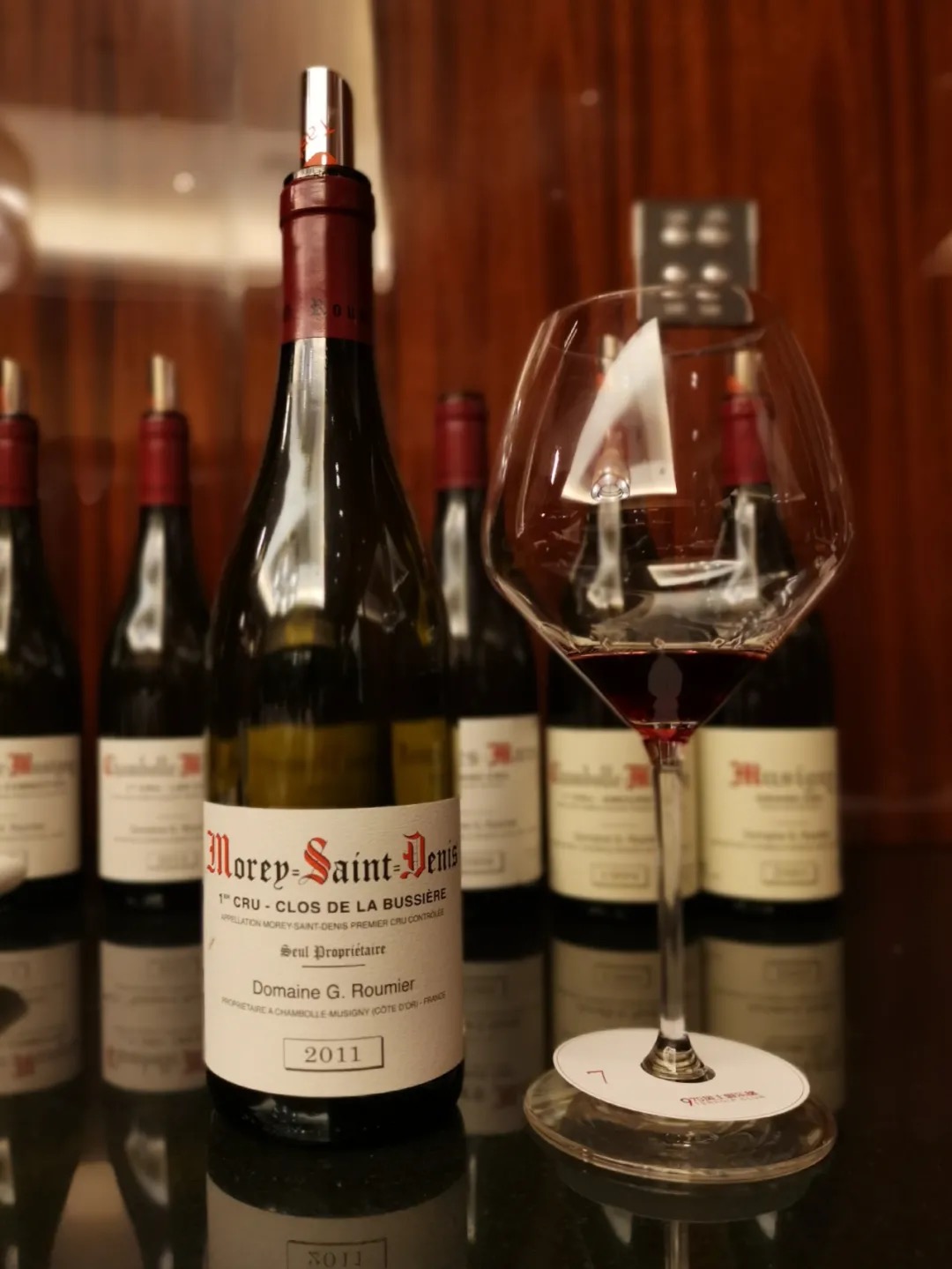 Domaine Georges Roumier Morey-Saint-Denis 1er Cru Clos de la Bussière 2011
Domaine Georges Roumier Morey-Saint-Denis 1er Cru Clos de la Bussière 2011
Serving: pour the whole bottle into decanter and then quickly pour back into the bottle (double decant), pour out a glass and leave the rest to breathe for 1.5 hours
Tasting note: When first opened, the 2011 reveals fresh notes of rose petals and plants, red cherry with some ripe black fruit and sweetened bean paste. The texture is very dense, a little bit tannic and tight at the beginning, but after double-decanting the fruit becomes much more full-bodied and long, slowly showing more and more rich fruit character in the glass, with the bean paste flavour shifting to a combination of ripe black cherry and woodsy aroma. The acidity is relatively higher but well balanced with the fruit, and the tannins are of fine quality but not as fine as the more mature 2009. However, the freshness exceeds that of the 2009, with very good complexity and persistence in the glass. The finish is deliciously long. This nearly 10 years old wine is still very young and has great potential of aging. Drinking window: 2023-2036
Domaine Georges Roumier Morey-Saint-Denis 1er Cru Clos de la Bussière 2009 Scored 91
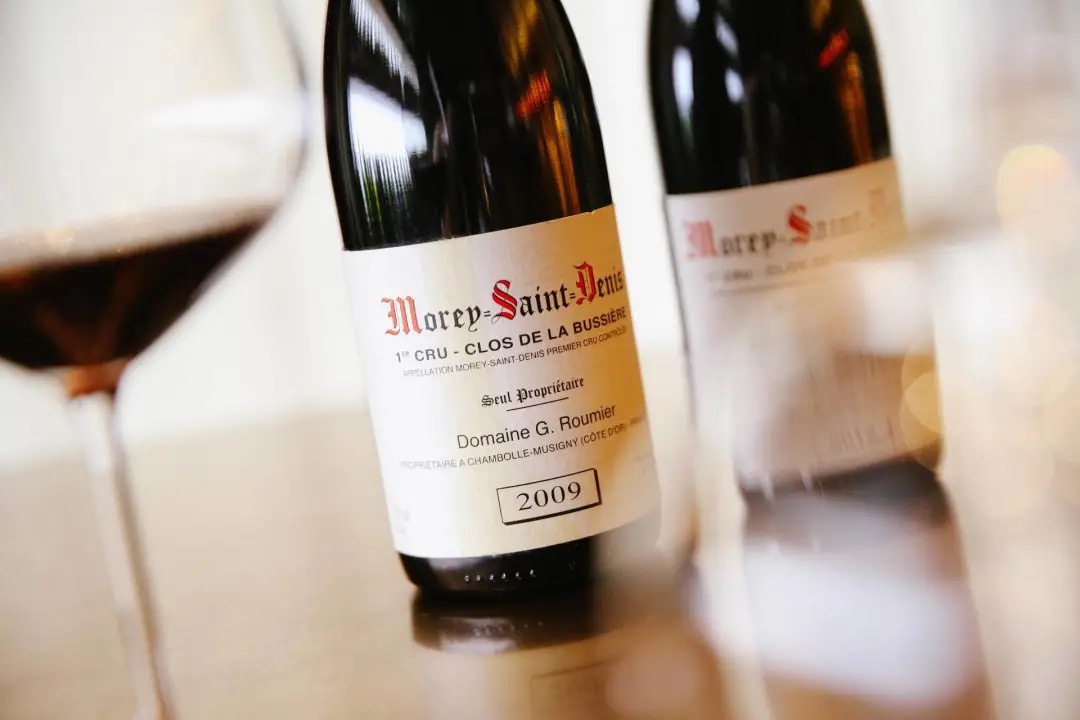 Domaine Georges Roumier Morey-Saint-Denis 1er Cru Clos de la Bussière 2009
Domaine Georges Roumier Morey-Saint-Denis 1er Cru Clos de la Bussière 2009
Serving: pour the whole bottle into decanter and then quickly pour back into the bottle (double decant), pour out a glass and leave the rest to breathe for 1.5 hours
Tasting note: After opening the bottle, the wine showed aromas of ripe black cherries and black plums, some earthiness and hints of green stems. 2009 has more concentration, fruit ripeness and tannins than the 2012, but the tannins are ripe and fine. It requires more patience to finally open. When it’s poured into the glass, the wine fully shows the solid structure and power of Clos de la Bussière, with long fruit flavours of ripe black plum, black cherry and black current; strongly mineral and with a thick texture, this is nicely framed by sturdy and dense tannins. The persistence in the glass is good but less complex. Overall, the 2009 has a higher ripeness and more fine tannins than the 2011 and 2012 Clos de la Bussière, but is neither as fresh and dynamic as 2011, nor as early-approachable and easy-drinking as 2012. That said, this nearly 10-year-old wine is still very young, and currently very closed still. It will require more than 15-18 years of aging to reach its peak. A special vintage like 2009 requires patience. Drinking window: 2027-2039
2. Domaine Georges Roumier Chambolle-Musigny 1er Cru Les Cras
Size: 1.7553ha
Yield: 3400L/ha, about 8000 bottles/year
Exposition/Altitude: 10% slope facing east/southeast, 275-300m
Soil: Bajocian limestone marl, rich in Ostrea Acuminata fossils
Vines: 45 years old on average, Guyot
Vinification: hand-picked and manually selected, 70% destemmed, punch down during fermentation, only wild yeast fermentation, no filtration or clarification, barrel aging for 14 months, 25% new oak, the rest are 2-8 years barrels.
Roumier has some of the most outstanding parcels of the 1er Crus in Chambolle, and Les Cras, located at the foot of a gentle hillside on a plain with limestone marl subsoil rich in fossilized shells (a typical soil of Chambolle) is certainly one of them. With global warming, this vineyard is becoming more and more sought after, as the wines made from these grapes show outstanding elegance and a depth of minerality given by the limestone of its subsoil.
Domaine Georges Roumier Chambolle-Musigny 1er Cru Les Cras 2013 Scored 93
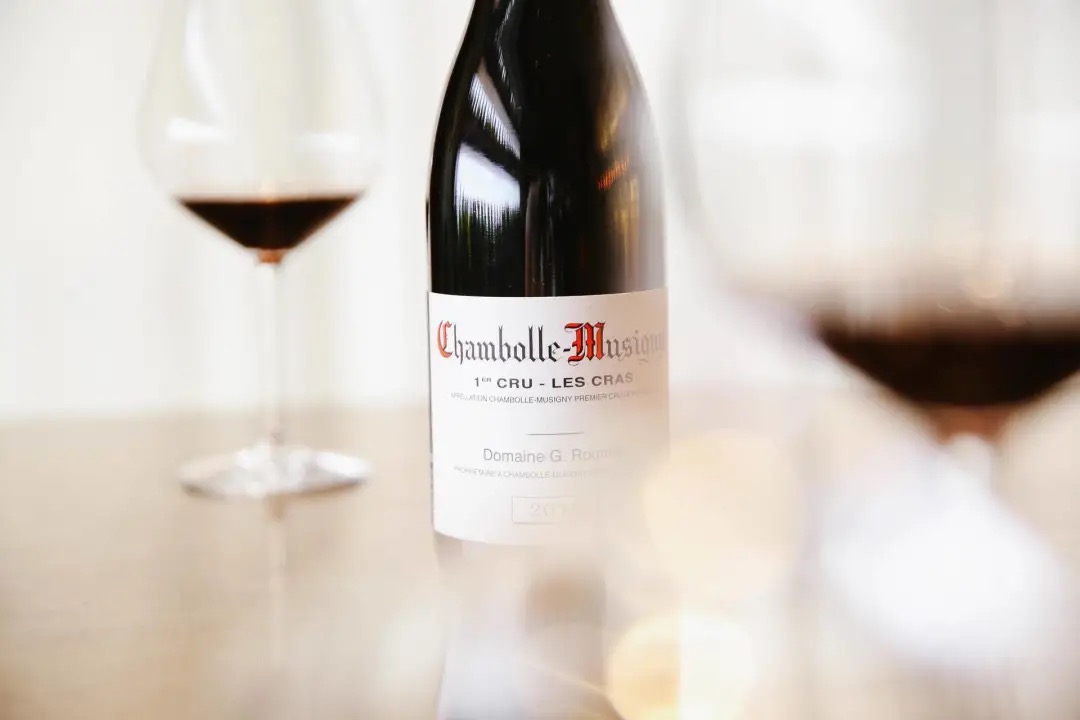 Domaine Georges Roumier Chambolle-Musigny 1er Cru Les Cras 2013
Domaine Georges Roumier Chambolle-Musigny 1er Cru Les Cras 2013
Serving: pour out one glass and leave the rest to breathe for 2 hours
Tasting note: Opens with a soft and elegant rose petal aroma, fresh and airy, then offers hints of green calyx-like notes of stalk; when the wine is poured in the glass, it shows more wild purple cherry aromas with a hint of fresh muscat. The fruit flavours becomes more pronounced and becomes more full-bodied, showig excellent aromatic variability and flavour persistence, as well as a transparent minerality and balanced structure. This strikes me as a poised and well-groomed wine that defines the classic style of Chambolle properly, as beautiful as a lovely lady; it is approachable at the moment, but also has good ageing potential. Drinking window: now-2033
3. Domaine Georges Roumier Chambolle-Musigny 1er Cru Les Combottes
Size: 0.2747ha
Yield: 3300L/ha, about 1100 bottles/year
Exposition/Altitude: gently sloping towards the east, 260m
Soil: calcareous limestone subsoil
Vines: 23 years old on average (half of the vines planted in 1982 and half of the vines planted in 1999), Guyot
Vinification: hand-picked and manually selected, 80% destemmed, punch down during fermentation, only wild yeast fermentation, no filtration or clarification, 14 months barrel aging, 25% new oak, the rest are 2-8 years barrels.
The site of the 1er Cru Les Combottes used to be a stream, and so is currently a combe in the middle of the village of Chambolle-Musigny, with the soil characterized by a mixture of very large stones, clay and rocks washed down by water. The slightly concave topography of this terroir intensifies the effect of the sun on the vines, bringing a relatively more concentrated structure and thicker texture to the wines from here. This wine has been vinified independently since the 2005 vintage, having previously been declassified and blended into the village wine (the same as the other 1er Cru Les Fuées, which is also a very small plot).
Domaine Georges Roumier Chambolle-Musigny 1er Cru Les Combottes 2013 Scored 93
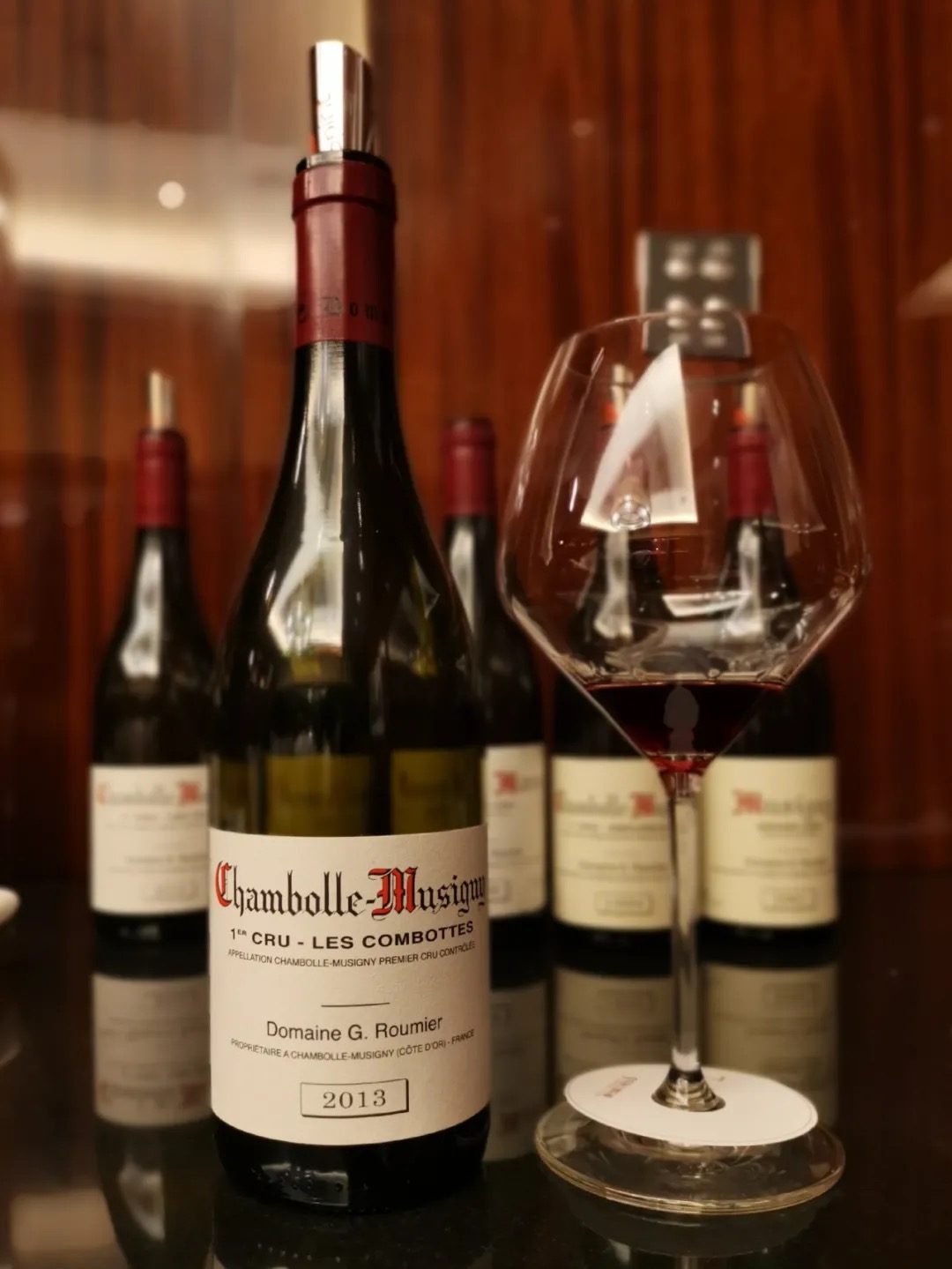 Domaine Georges Roumier Chambolle-Musigny 1er Cru Les Combottes 2013
Domaine Georges Roumier Chambolle-Musigny 1er Cru Les Combottes 2013
Serving: pour out one glass and leave the rest to breathe for 2 hours
Tasting note: The aroma of red cherries and rose petals rises gently and elegantly when opening the bottle, in a classic Chambolle-style; I suggest a slightly lower temperature to allow its subtle aroma to develop fully. When the wine is poured in the glass, the aroma is as elegant and subtle as two hours previously, but the structure is more solid and compact, showing great minerality and a magnificent tension in acidity. The delicate and airy aroma is very charming and already approachable now; at the same time , its solid base and depth hint at very good aging potential. During 4 hours of continuous tasting throughout the evening, the wine’s aromas and flavours showed incredible persistence. I have no doubts this wine’s longevity will be better than that of the Les Cras 2013. But with only a production of around 1000 bottles, it is also harder to find on the market. Drinking window: now-2035
(To be continued… In the second part of this article, I am going to talk about the profiles of the super 1er Cru Les Amoureuses and four of Roumier’s grand crus: Ruchottes-Chambertin, Charmes-Chambertin “Aux Mazoyères”, Bonnes Mare and Musigny).

 中文
中文
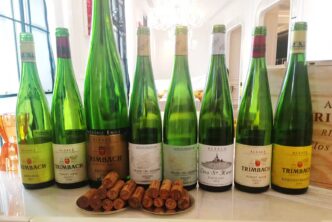
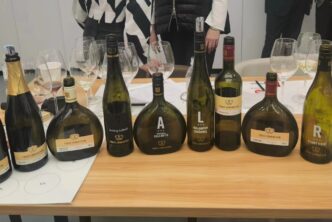
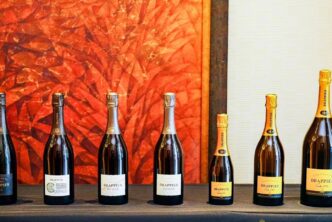
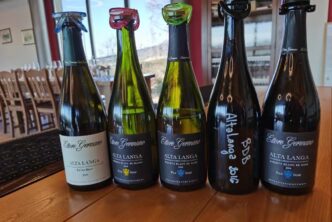
Chambolle-Musigny Les Bussières is a village lieu-dit. It is not a 1er Cru.
Hello Claude,
Thank you for pointing out that error. I have corrected in the article.
Siwei